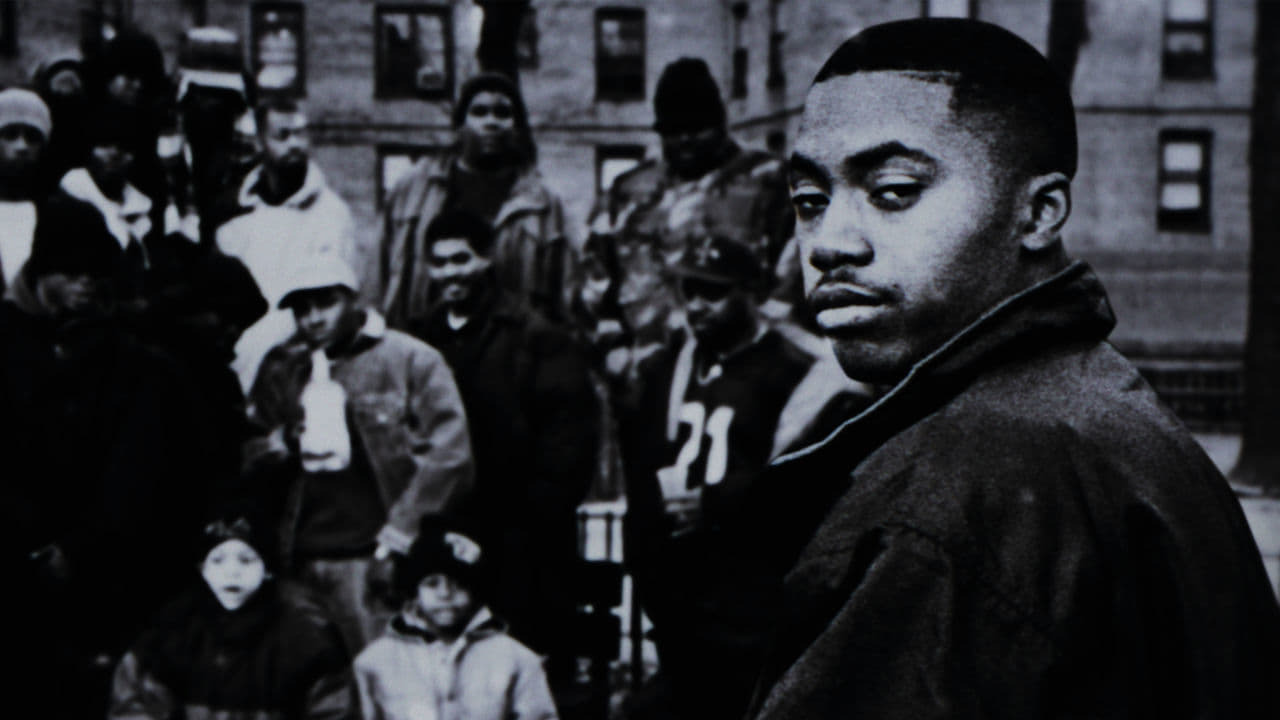

The Golden Age Of Hip-HopĪs the 1980s progressed, hip-hop entered what many refer to as the "Golden Age" of the genre, producing new sounds and superstars at a staggering pace. "When we think about hip-hop now, we think about it as, you know, like Chuck D said, the CNN of the street. We think about it as music with a message. It absolutely opened up possibilities for hip-hop music," Shad explained. With legendary Melle Mel lyrics like, "It’s like a jungle sometimes, it makes me wonder how I keep from going under," and "Don’t push me 'cuz I’m close to the edge. I’m trying not to lose my head," hip-hop expanded its pallette. "'The Message' spoke to what was going on in the community in a really frank and poetic way," Shad said. The hip-hop of the 1970s was party music. However, that perception began to shift in 1982 with the release of Grandmaster Flash & The Furious Five’s "The Message." "It’s like, this is the first introduction that people get to what we do? To what we been doing for like seven years?" The Message "I mean, what are they doing to our art form, you know what I mean?" Caz said. In the documentary, Caz himself sounds off about "Rapper’s Delight." "They hated it," said Shad. "They really, really hated it." So, what did New York emcees think of the track? "I mean, you can even hear the name 'Casanova' spelled out," Shad said.

That all changed in 1979 when producer Sylvia Robinson gathered three kids from New Jersey in a studio to rhyme over the groove from Chic’s "Good Times." The result was "Rapper’s Delight" by The Sugarhill Gang, and it exposed the world outside New York City to hip-hop, selling millions of copies.īut the members of The Sugarhill Gang stole many of the song’s lyrics from well-known New York emcees, who’s parties they had attended. Shad reveals that Grandmaster Caz, who’s considered one of the greatest emcees ever, wrote more than a third of the song. "A lot of the people at the forefront at that time in the Bronx and in Harlem they didn't really imagine this being something you could capture on record." "Hip-hop at that time was a spontaneous thing," Shad said. In the early days of hip-hop, it was all about the DJ. The person with the microphone - the emcee - was just there to hype up the crowd. That soon evolved into couplets and short rhymes, expanding in to crews of multiple emcees with increasingly elaborate routines. But hip-hop was still considered spontaneous and ephemeral - to be experienced in the moment. stop it. I said to myself, 'I have absolute control of the record.'" It’d be totally sloppy, off beat. I knew there has to be a better way, and after trying many different things, I placed my fingers on the vinyl. I let it go. In the documentary, Grandmaster Flash said, "Most DJs concentrated their efforts on the tone arm.

Then there’s Grandmaster Flash, who Shad describes as "The real technical innovator, because what he did, was he made that whole looping thing with the break beats super smooth." Herc is part of an accepted trinity of early DJs credited with the birth of hip-hop, which also includes Afrika Bambaataa, who’s credited with "bringing this sort of ethos of hip-hop being about unity, knowledge and empowerment," Shad said. The records were funk, soul and reggae, providing an alternative to the dominance of disco. As Shad explained, "You could call James Brown really a godfather of hip-hop, because his break beats are so fundamental, foundational to the music." The innovation came from Herc having two copies of the records he played. He’d pick the needle up and place it back at the beginning of the "break" on one record as the other continued to play, creating a repeating loop of music Herc called the "merry-go-round." " He was playing the sections of records that they called 'breaks ' a breakdown of drums and bass, some funky kind of percussion," Shad said. in the Bronx, which is considered hip-hop’s "Big Bang" moment. That human element is front and center as Shad explores the evolution of the uniquely American genre and traces its timeline all the way back to August 1973. A teenage Clive " DJ Kool Herc" Campbell threw a party for his sister in their apartment building at 1520 Sedgwick Ave. "But, the cool thing is, I don’t feel like I have to hide my inner fanboy, because they’re human beings too and they’re also amazed and surprised and delighted to do such special things," he said. As host of the Peabody Award-winning Netflix documentary series, " Hip-Hop Evolution," Shad Kabango has had conversations with the architects, innovators, luminaries and legends of hip-hop.Īn award-winning emcee himself, he confesses to WPR’s " BETA" that he’s a bit star-struck when sitting down to interview his hip-hop idols.


 0 kommentar(er)
0 kommentar(er)
